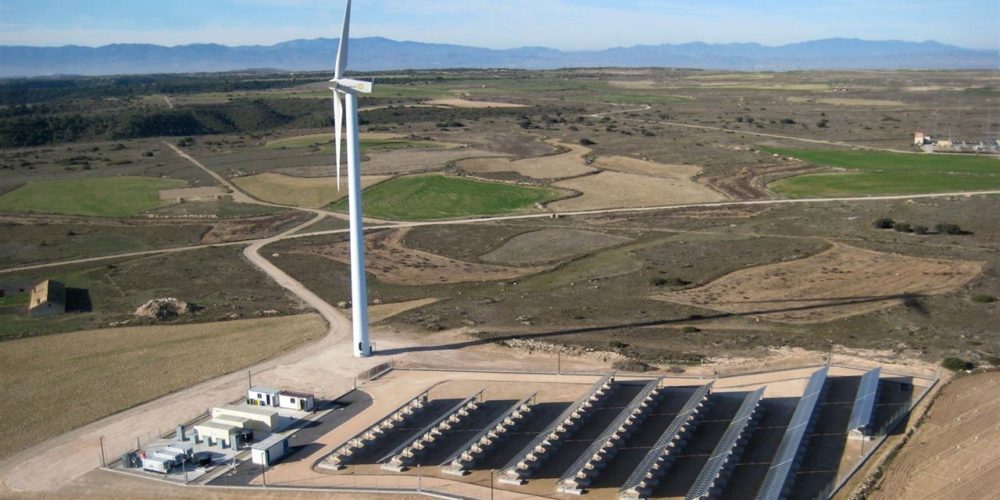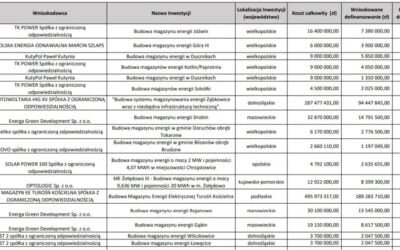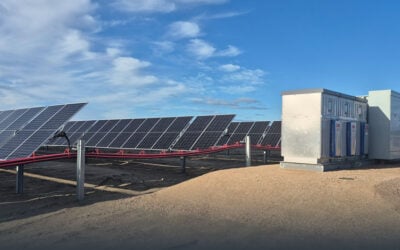
A multi-gigawatt co-location market looks set to take off within the next five years, however uncertainty over DC coupling, the need for costly symmetric grid connections and outdated regulatory frameworks risk stymying the market’s growth.
That was the conclusion from a discussion at this week’s Energy Storage Virtual Summit, featuring Solar & Storage Colocation, organised by PV Tech and Energy-Storage.news’ publisher Solar Media, which brought together a panel of industry experts in the fields of renewables and energy storage.
A survey of attendees at an earlier session hosted by BloombergNEF’s Jenny Chase found that 76% considered there would be a multi-gigawatt co-location market in less than five years, indicating industry confidence that co-located projects would be economically feasible in the short-term.
This was echoed by Ben Irons, co-founder of Habitat Energy, who said subsidies were no longer required for solar, storage or co-located solar-storage projects with prices as they are. Instead, these projects can be incentivised sufficiently through market design.
Try Premium for just $1
- Full premium access for the first month at only $1
- Converts to an annual rate after 30 days unless cancelled
- Cancel anytime during the trial period
Premium Benefits
- Expert industry analysis and interviews
- Digital access to PV Tech Power journal
- Exclusive event discounts
Or get the full Premium subscription right away
Or continue reading this article for free
The US market, described as the epicentre of co-located projects by Chase, with a pipeline standing in excess of 8.9GW, also has a unique advantage in stimulating the development of solar-storage projects through the Investment Tax Credit. The ITC can be applied to both the solar and storage elements of projects as long as the battery charges from the connected solar array, providing tax refunds on equipment purchased.
This, Corentin Baschet, head of market analysis at Clean Horizon Consulting said, acted as a “big incentive” for co-located projects to come forward in the US as it posed a significant savings on project Capex costs.
Meanwhile, co-located projects were said to enjoy more or less subtle advantages in other markets. Baschet posed that, owing to the comparative lack of grid strength in areas of Africa, renewables assets featuring energy storage take on a “whole other dimension”, with large-scale solar farms effectively unable from connecting to regional grids without some form of grid-stabilising energy storage attached.
But while both panellists and attendees were confident of the market potential for co-located projects, there remains some scepticism over their economic feasibility, at least until component prices – especially in storage – fall further.
Read the full story over at PV Tech.





